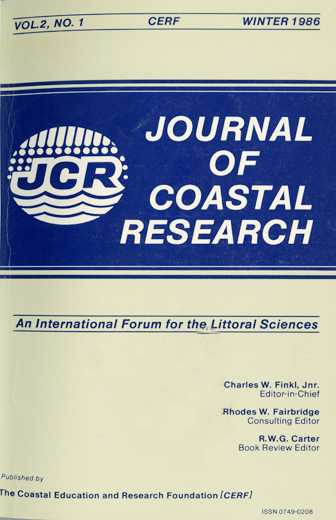Seasonal Proximate Constituents and Caloric Values in Seagrasses and Algae on the West Coast of Florida
Keywords:
Algae, energy biomass, Florida seagrasses, seagrass biomass, seaweed, ThalassiaAbstract
Levels of ash, protein, carbohydrate, and caloric values of blades of three species collected at seven sites on the west coast of Florida were similar. Blades of Thalassia testudinum had the highest ash content (41 %) and those of Syringodium filiforme, the highest level of soluble carbohydrate (16%). Winter caloric levels were low at the time of flow growth rate and dieback in the two seagrass species (2.4 to 2.8 kcal g dry wt-1), while late spring levels were high (3.1 to 3.2 kcal g dry wt-1) at the time of new growth. Caloric levels were similar to terrestrial grasses. Hemicellulose and cellulose content in blades of the three seagrasses ranged from 1 to 15% and 18 to 32%, respectively, while lignin was almost undetectable (1-3%), and thus the structural components were less than that found in terrestrial grasses. The proximate constituents in dominant seaweeds common to seagrass beds were similar to previous studies and non-calcified seaweeds had caloric levels which were similar to those found in seagrass blades. A complete random block ANOVA and the Student-Newman-Keul's test found no significant differences in levels of proximate constituents and caloric values between sites for the seagrasses or the drift red alga, Laurencia poitei.


